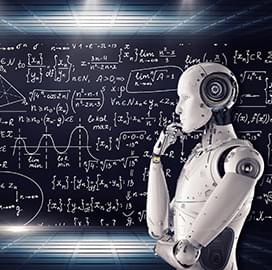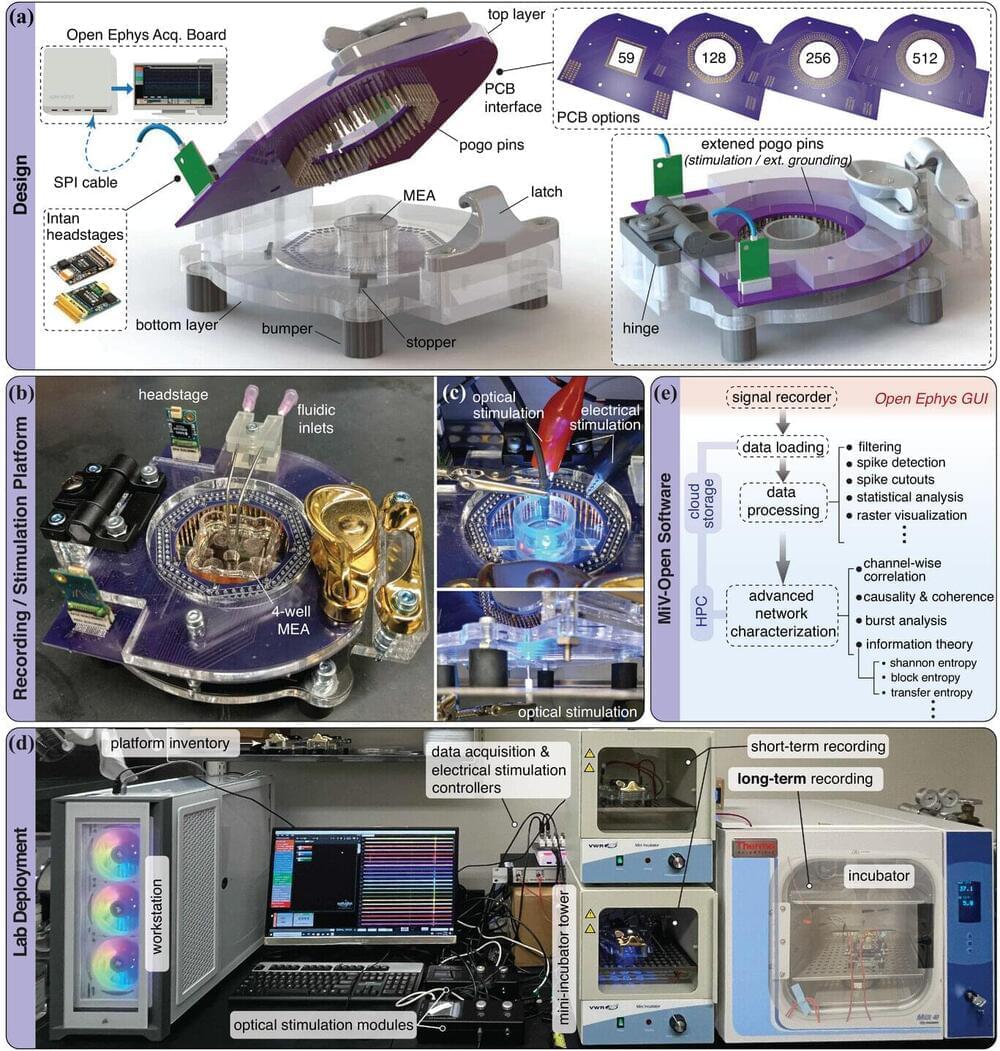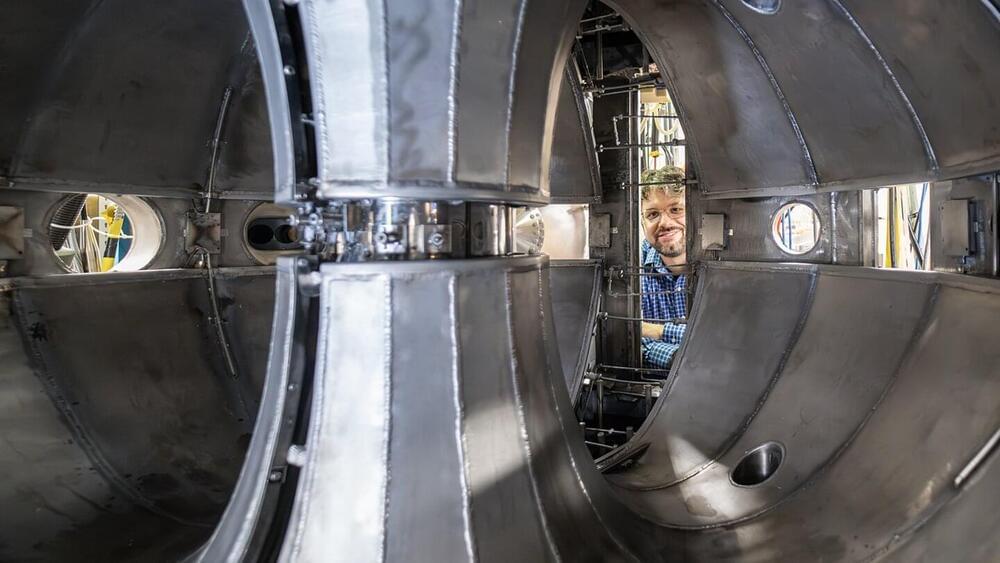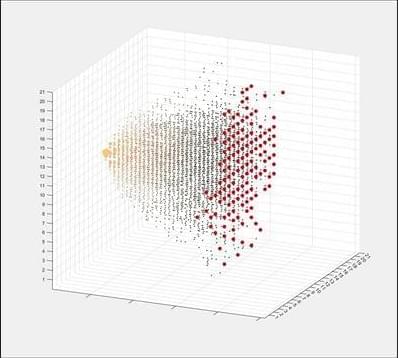Jan 24, 2024
Challenging Cosmic Ages: Galactic Dance Reveals Universe Is Younger Than Thought
Posted by Saúl Morales Rodriguéz in category: space
A study using Sloan Digital Sky Survey data reveals that the Universe may be younger than estimated, challenging conventional cosmological models by analyzing satellite galaxy motions around massive groups.
In standard cosmological models, the formation of cosmological structures begins with the emergence of small structures, which subsequently undergo hierarchical merging, leading to the formation of larger systems. As the Universe ages, massive galaxy groups and clusters, being the largest systems, tend to increase in mass and reach a more dynamically relaxed state.
The motions of satellite galaxies around these groups and clusters provide valuable insights into their assembly status. The observations of such motion offer crucial clues about the age of the Universe.


















